5 Essential Features of a Safe and Comfortable Rabbit Nesting Box
Discover the top 5 must-have features for a rabbit nesting box, ensuring safety and comfort for your bunny's cozy haven. Enjoy reading!
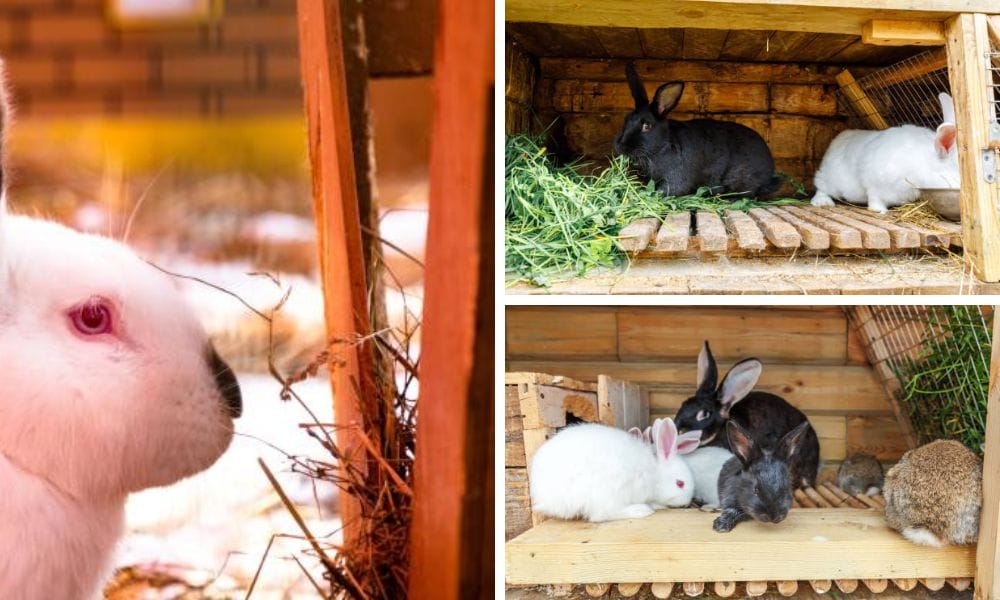
Key Takeaways:
- Understand the importance of size, material, and design for a rabbit nesting box.
- Learn about the necessity of easy cleaning and safe construction for the health of both doe and kits.
- Discover how to ensure proper insulation and protection for rabbit nesting boxes in various climates.
Rabbit owners know that the comfort and safety of their furry friends are paramount, especially when it comes to breeding and raising kits. A well-designed rabbit nesting box is crucial for the health and well-being of both the mother (doe) and her babies. In this article, we'll explore the five essential features that every rabbit nesting box should have to ensure it is a safe and comfortable environment for your rabbits.
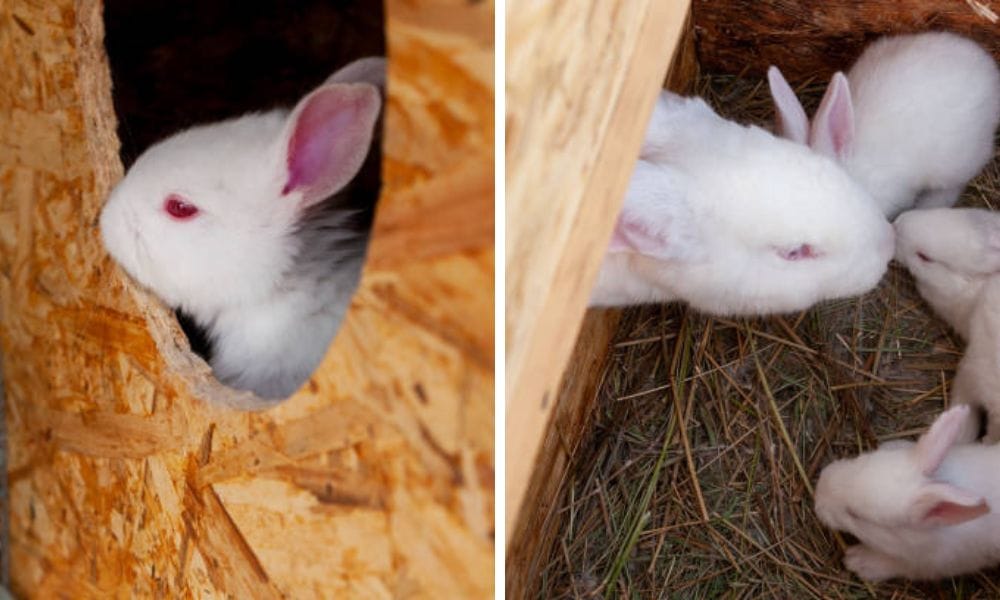
Adequate Size and Space
The dimensions of a rabbit nesting box are critical. It must be spacious enough to accommodate the doe and her litter comfortably but not so large that the kits cannot stay warm. A general rule of thumb is to have a nest box that allows the doe to turn around freely without stepping on her kits. For most breeds, a box that is around 18 inches long, 10 inches wide, and 10 inches tall will suffice. However, larger breeds like Flemish Giants may require more substantial dimensions. It's also beneficial to have a low lip at the entrance to prevent kits from being dragged out of the box but high enough to keep the bedding and kits inside.
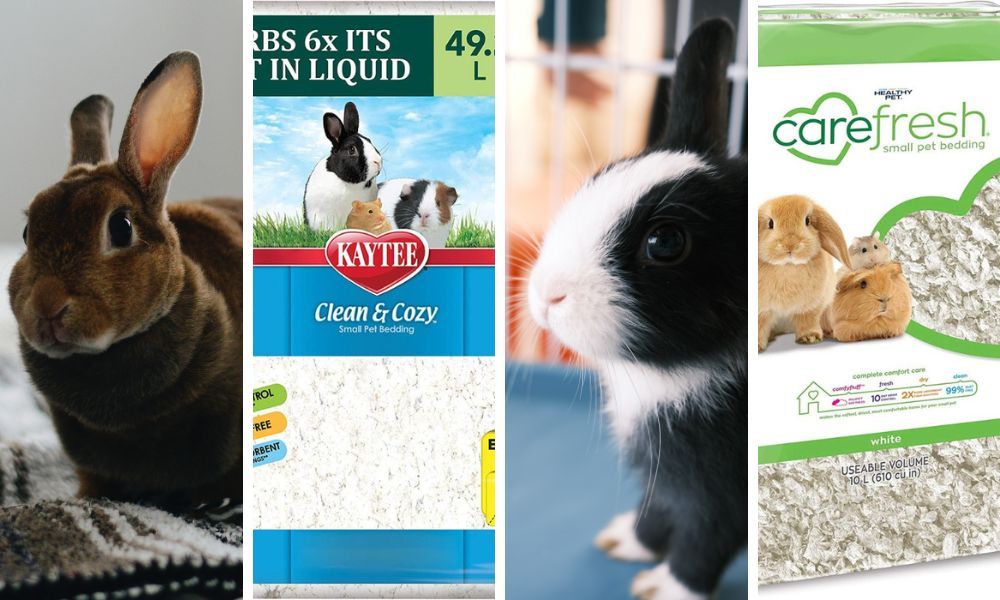
Safe and Durable Materials
When selecting materials for a rabbit nesting box, safety and durability should be your top priorities. Wood is a popular choice due to its insulation properties, which keep the nest warm in winter and cool in summer. However, ensure the wood is untreated and free from chemicals that could harm the rabbits. Some breeders prefer to attach hardware cloth to the bottom of the box to keep it elevated from the cage floor, which helps to prevent the buildup of moisture and bacteria. The sides of the box should be sturdy enough to prevent the doe from chewing through to escape or harm the kits.
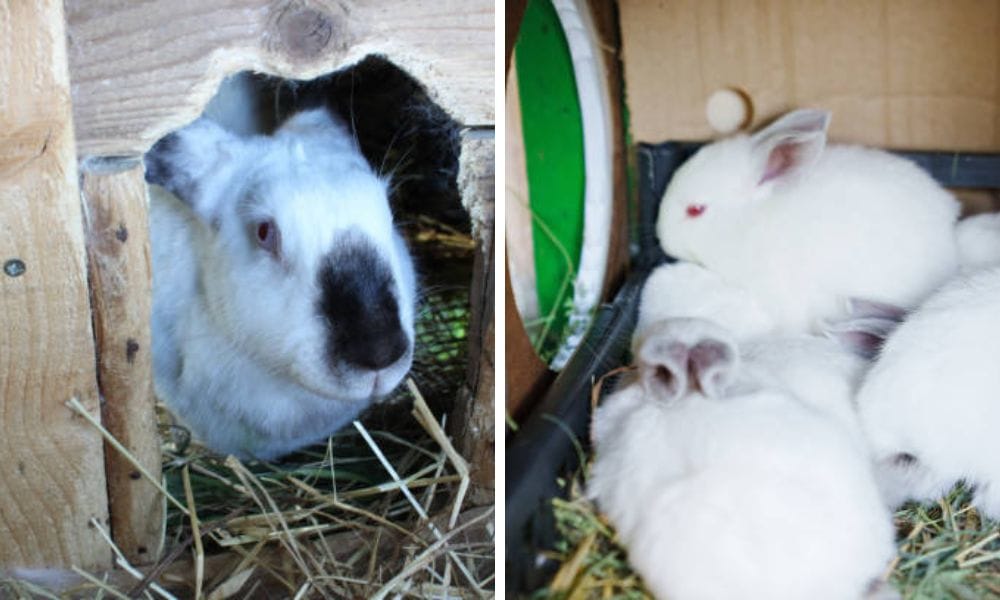
Easy Cleaning and Maintenance
For the health of the doe and her kits, easy cleaning is a must. A nesting box with a removable floor or side can make cleaning a breeze. Some boxes are designed with a shelf that can be replaced or lined with litter, which can be easily removed and replaced. This not only keeps the nest clean but also reduces the stress on the doe, as a dirty nest can lead to health issues for her and the babies. A box that is easy to disassemble and reassemble will make the regular cleaning process less of a chore and more of a quick routine.
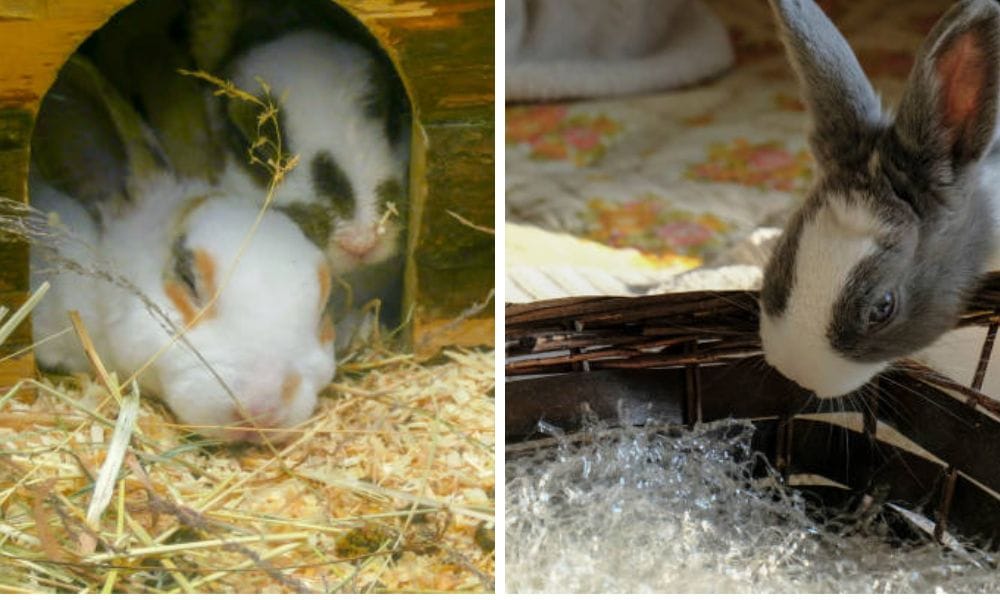
Insulation and Climate Control
Proper insulation is essential, especially if you live in an area with extreme weather conditions. In winter, a warm nest is crucial for the survival of newborn kits. Some rabbit owners treat their nest boxes with extra layers of hay or straw to provide additional warmth. Conversely, in the summer, ensuring that the nest box is not exposed to direct sunlight and has adequate ventilation is important to prevent overheating. The construction of the box should allow for adjustments based on the season, such as adding or removing insulation as needed.
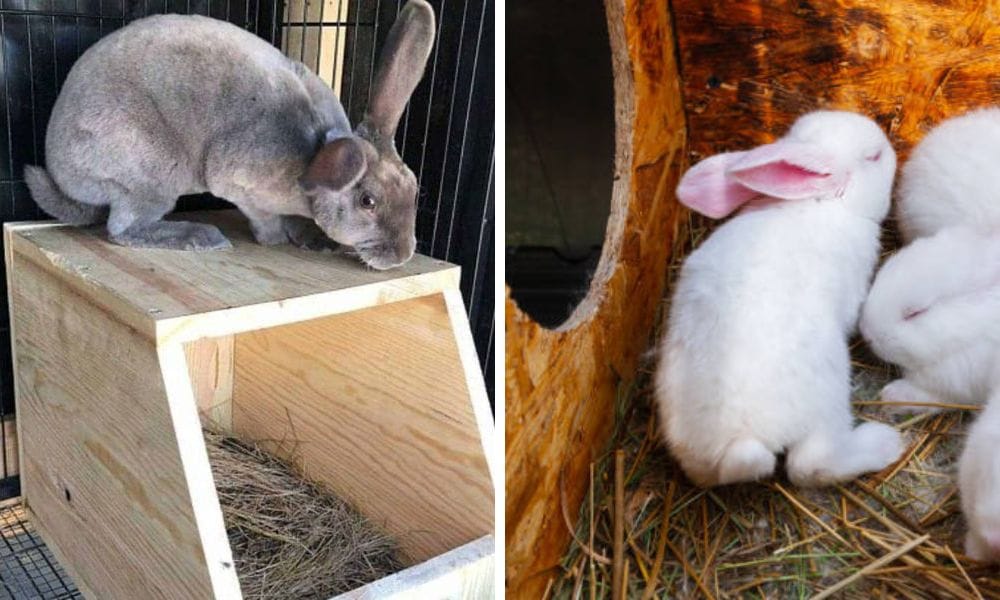
Secure and Stable Design
The design of the rabbit nesting box should be secure to protect the kits from predators and accidents. It should be stable enough not to tip over when the doe moves in and out. If the box is placed within a larger cage, it should be securely attached to the cage walls or floor to prevent it from being dragged or knocked around. The edges of the box should be smooth to prevent injuries, and if a lid is used, it should be secure but easily accessible for monitoring the doe and her litter.
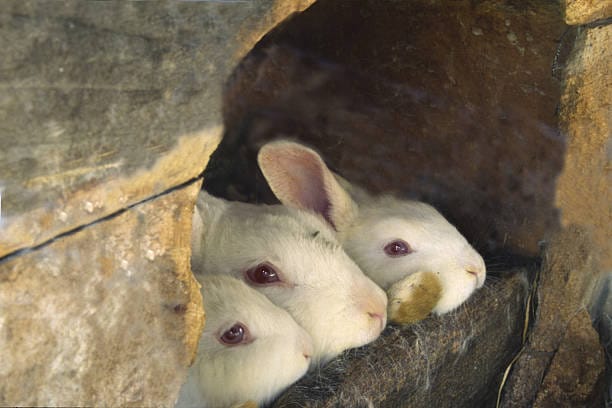
Summary
In summary, a rabbit nesting box should be spacious, made from safe and durable materials, easy to clean, well-insulated, and have a secure and stable design. These features ensure that the doe has a stress-free breeding experience and the kits have a safe start to life. By paying attention to these essential aspects, rabbit owners can provide a nurturing environment that promotes the health and happiness of their rabbit families.
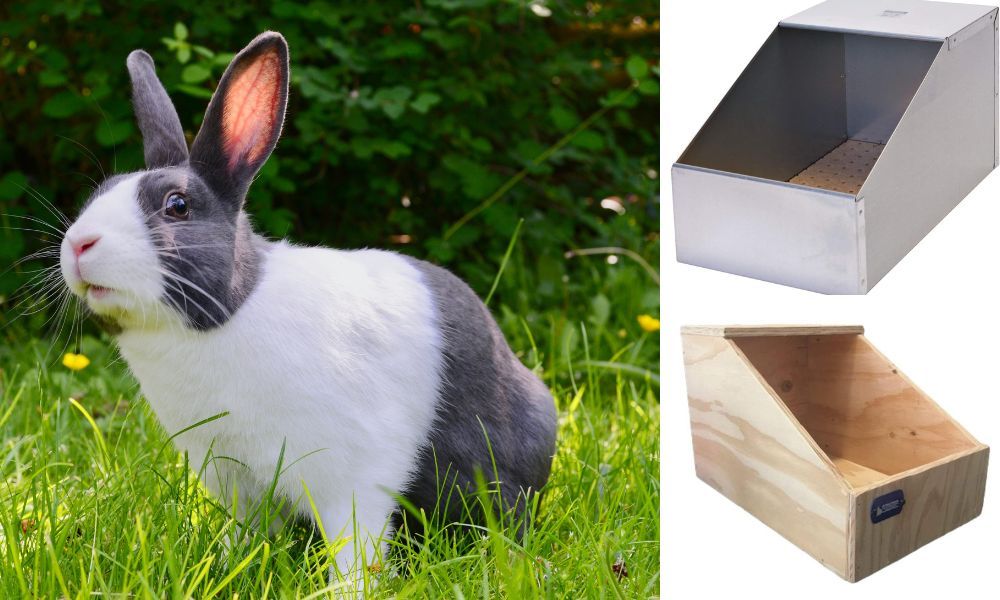
FAQ Section
Q: What is the ideal size for a rabbit nesting box? A: The ideal size for a rabbit nesting box varies depending on the breed but generally should be large enough for the doe to turn around without stepping on her kits. For most breeds, a box around 18 inches long, 10 inches wide, and 10 inches tall is suitable.
Q: How often should I clean the rabbit nesting box? A: The nesting box should be checked daily for cleanliness and the bedding replaced as needed. A thorough cleaning should be done between litters or if the bedding becomes soiled to prevent the spread of bacteria and ensure the health of the doe and kits.
Q: Can I build my own rabbit nesting box? A: Yes, building your own rabbit nesting box is a great DIY project. Ensure you use untreated wood, secure construction, and follow the guidelines for size and safety features to create a comfortable and secure environment for your rabbits.

